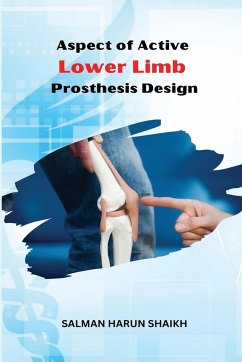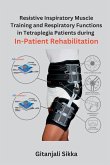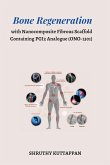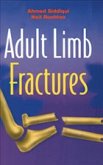Prosthesis are artificial replacements for body parts that have been lost due to injury or illness. They play a crucial role in rehabilitation of the amputees. This is important not just in terms of regaining mobility, but it also helps an amputee in various aspects, like regaining his self-confidence, being independent, retaining a job for livelihood, and boosting him mentally to live a normal life within the society [1 ][2]. Designing a prosthesis varies in various aspects and some of the design considerations are the need, applications, material, cost, mobility etc. For limb prosthesis, understanding the anatomy and human body biomechanics is the first step of design, which is presented below. It can be seen from Figure 1 that the movement oflower limb during normal gait occurs in the in the sagittal plane and the transverse plane lies parallel to ground. Figure 2 shows the various planes for the movement of the knee and the hip joint. The joint angles (knee and ankle joint) are thus measured with reference to sagittal plane. There is a little movement of the hip joint in the coronal plane during the normal gait cycle. This research work uses "flexion" and "extension" movement of stump as primary factor to develop one of the feedback control for electronic knee prosthesis.








